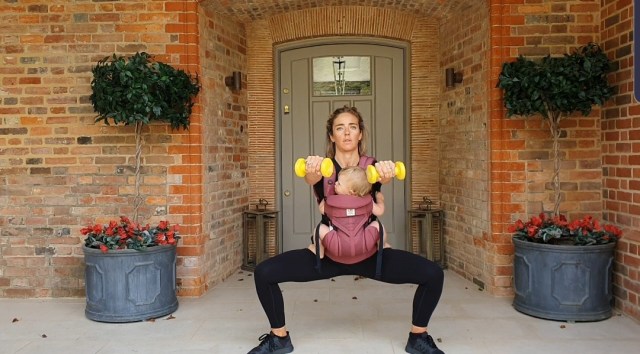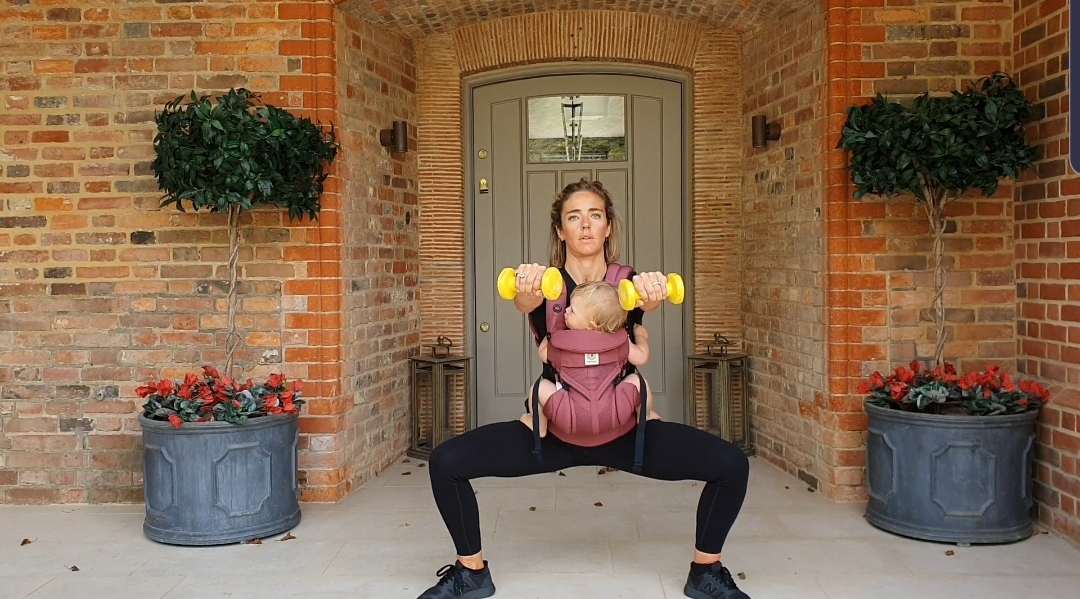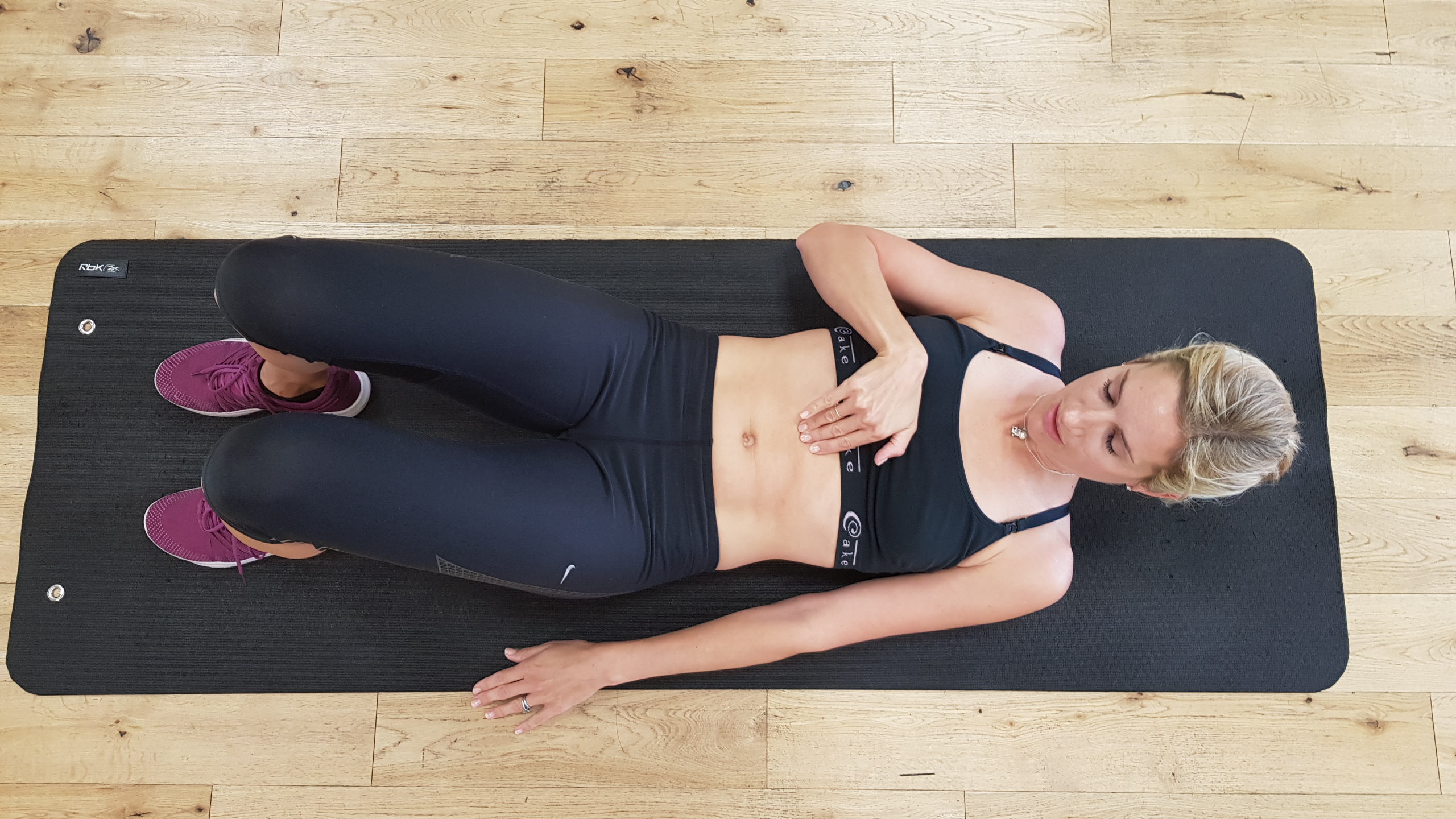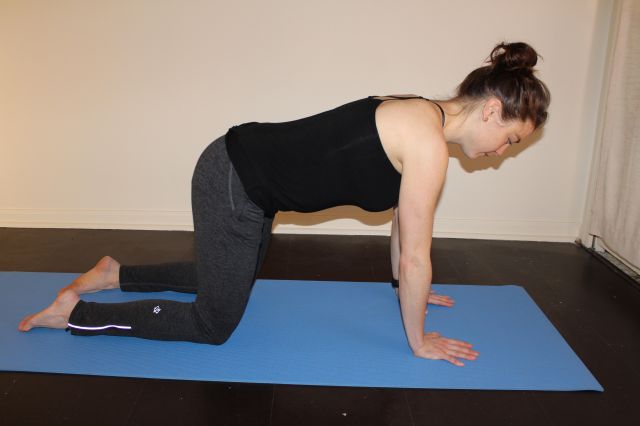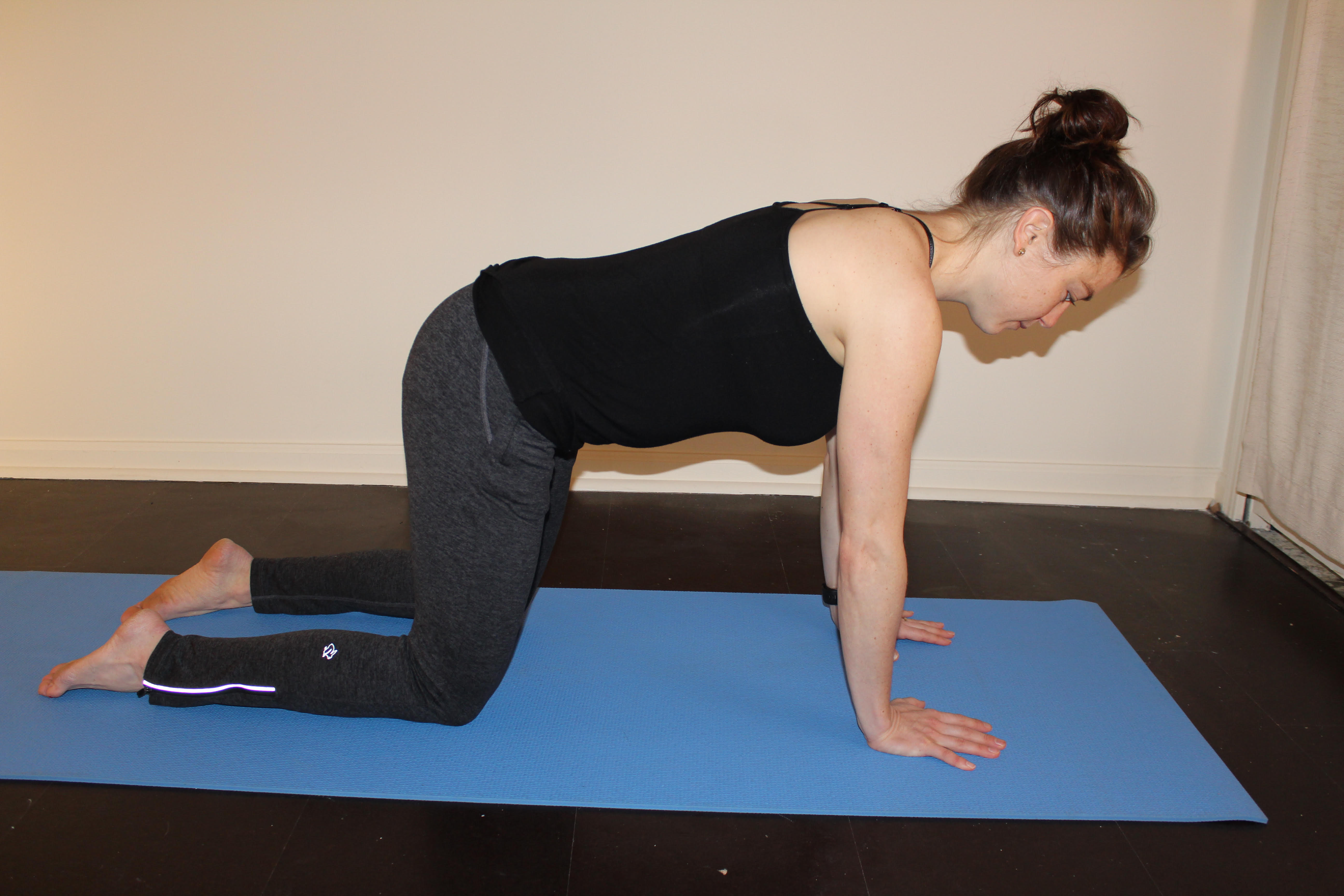Getting the news that you’re expecting is instant motivation to commit to a health and wellness routine. Those mama-bear instincts immediately kick in, and the desire to care for your growing baby is fierce and unwavering. While the intention for a healthy pregnancy is clear, discovering the best ways to stay on track isn’t always easy. We’ve rounded up 9 important tips for a healthy pregnancy.

photo: iStock
1. Get a dental cleaning.
Your pearly whites might not be the first thing you think of when you’re creating a health plan for your pregnancy, but the increased hormones during pregnancy can affect your body’s response to plaque (the layer of bacteria on your teeth). Maintaining good dental hygiene at home and visiting your dentist while pregnant is extremely important.
Research has found a link between gum disease in pregnant women and premature birth with low birth weight. So make sure that both your teeth and your gums get extra care and attention while you’re expecting. Don’t forget to let your dentist or any other specialist you see while pregnant know you’re expecting.
2. Get proper nutrition.
When you’re pregnant, you’re not just eating for two—you’re also consuming the vitamins and minerals for two! Focus on consuming nutrient-rich foods like fresh fruits and veggies, and consider supplementing your nutrition with a prenatal vitamin.
3. Avoid hyperpigmentation with broad-spectrum mineral sunscreen.
The “mask of pregnancy,” clinically known as melasma, is a condition experienced by anywhere from 50% to 75% of women. It’s a specific form of hyperpigmentation that is most commonly associated with pregnancy. While you may have heard that it’s triggered by the increase in estrogen that happens when pregnant, you might not know that the condition is exasperated by sun exposure. That’s why it’s more important than ever to incorporate sunscreen into your daily routine while growing your bump.
Choosing the right sunscreen is also important. The FDA says that there’s enough current evidence to conclude that titanium dioxide and zinc oxide—ingredients that are used in mineral sunscreen products—don’t warrant the same health concerns as chemical sunscreen ingredients such as oxybenzone. So, to be safe, stick to mineral-based sun blockers while pregnant.

photo: iStock
4. Eat small meals throughout the day to avoid heartburn.
Those pesky pregnancy hormones are disrupting things again by causing the lower esophageal sphincter (the muscular valve between the stomach and esophagus) to relax, allowing stomach acids to flow back up into the esophagus. This means that more than half of all pregnant women will experience heartburn.
Luckily, there are ways to combat heartburn before it hits. Doctors recommend eating several small meals each day (try one of these nourishing bowls) rather than large ones. Avoid fried, spicy or rich (fatty) foods, and try not to lie down directly after eating.
5. Stay hydrated with filtered water to reduce exposure to toxins.
Don’t leave home without your water bottle! You’ll need more water than the average person, since water plays an important role in the healthy development of your baby. To play it extra safe, drink filtered water when possible to avoid lead, microorganisms, bacteria and other toxins.
6. Focus on pelvic mobility exercise to avoid diastasis recti.
It’s tricky to say and even trickier to deal with: diastasis recti, a condition many women suffer from as a result of pregnancy in which the abdominal muscles separate. Before you hit the panic button, there are a few things you can do while pregnant, as well as moves you can do postpartum, to help avoid this from happening. Focus on pelvic mobility exercises, such as pelvic tilts, pelvic circles and bridges. When paired with correct breathing, these build a better relationship between your abdominals and your pelvic floor muscles. Check out exercises programs, like those at Every Mother, for a more complete guide on how to keep your core strong during and after pregnancy.

photo: iStock
7. Eat ginger on a regular basis.
Ginger, considered to be a super food because of its numerous health benefits, is especially powerful for pregnant women. It helps boost blood circulation, relieves nausea from morning sickness and can help keep blood-glucose levels in check.
8. Start a journaling ritual.
If you don’t already have a journaling routine, start one during your pregnancy. The nine-plus months leading up to the arrival of your baby can be overwhelming, and this ritual can help you acknowledge and process whatever you may be feeling. It’s also a great strategy for better understanding how your diet, daily activities and skin routine affect your health. By documenting your patterns, you can develop a system that works best for you and your body.
9. Maintain your healthy habits as much as possible.
The easiest thing to do while pregnant is to maintain the healthy habits you already have. The old adage about eating for two may sound great, but your body does not need double the calories. Guidelines vary, so talk to your health care provider about what they recommend for you during each trimester. If you’re used to a workout schedule, try and keep it, even if you need to adjust the specific exercises. And most importantly, always listen to your body; it’s your most powerful guide!
—Aimee Della Bitta
RELATED STORIES:
10 Maternity Fashion Tips Every Expecting Mom Needs
10 Top Maternity Leggings to Work Out In
10 Pregnancy & Parenting Podcasts to Start Listening to Now





